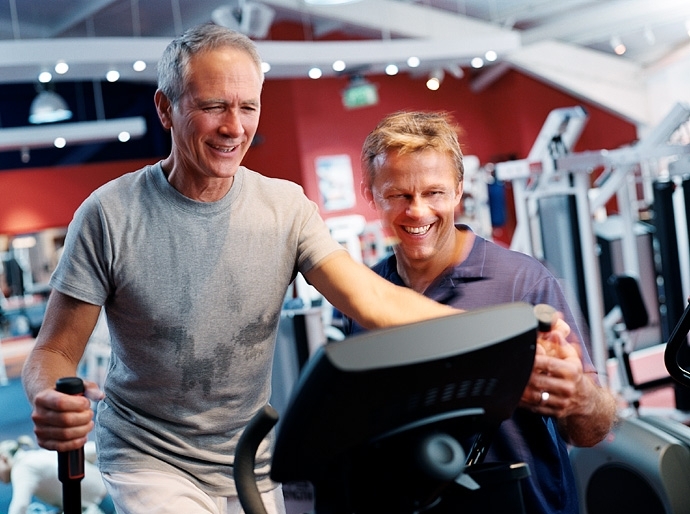By IHRSA
In his book, Microtrends, famed pollster Mark Penn concludes, “The power of individual choice has never been greater, and the reasons and patterns for those choices never harder to understand and analyze. The skill of microtargeting—identifying small, intense subgroups and communicating with them about their individual needs and wants—has never been more critical in marketing or in political campaigns.”
Penn identifies these subgroups as “microtrends,” which he describes as “an intense identity group, that is growing, which has needs and wants unmet by the current crop of companies, marketers, policymakers, and others who would influence society’s behavior.”
The concept of microtrends naturally makes me wonder: Are there microtrends in America that could, if fully appreciated by fitness marketers and programmers, decrease the high rates of leisure-time inactivity of Americans? Below, I’ve created a list of three possible microtrends that may be under leveraged by fitness advocates. The list is surely not exhaustive and each subgroup is already the target of some form of outreach, but my sense is that more could be done for these groups.
What do you think? Can more be done to target these subgroups? What are some other microtrends that could impact physical activity levels of Americans?

Primary Care Physicians Prescribing Exercise
In nearly every community in America, primary care physicians serve on the front lines in the battle against obesity, inactivity, and chronic disease management. And their influence is growing. Health system experts suggest that changes to the American health care system will require the hiring of 30,000 additional primary care physicians by 2015. Concurrently, influential health system thought leaders, such as Dr. Edward Phillips of the Institute of Lifestyle Medicine, have arranged events such as “White Coats, White Sneakers” to encourage more physicians to lead healthier lives. “The idea is to let the heath care providers set the pace,” says Dr. Phillips, “and let us encourage not just by asking or pointing or cajoling, but by saying ‘I’m making a change, follow me.’” These developments suggest that investing in the recruitment of a primary care physician to become more physically active may have wide benefits for the community.
Active Grandparents
I would argue that despite all the attention around “senior fitness,” individuals over 65 are still vastly under appreciated as a market, but here I am suggesting specifically “grandparents.” The vast majority of grandparents seem to perceive their grandchildren as deep and profound inspirations for vitality. Creative programming for this subgroup could focus, for example, on the physical capabilities necessary to keep up with a toddler, splash around with a preschooler, and/or cradle a newborn while standing or walking.
Individuals Diagnosed With Depression
According to Mental Health America, more than 19 million Americans suffer from depression each year and research indicates that exercise eases the symptoms of depression and anxiety. Sadly, many sufferers feel compelled to keep their condition private, which may prevent them from obtaining the necessary help. Clearly, however, there is a greater need for outreach to Americans diagnosed or suffering from depression.
What are some other microtrends that could impact the physical activity rates of Americans?